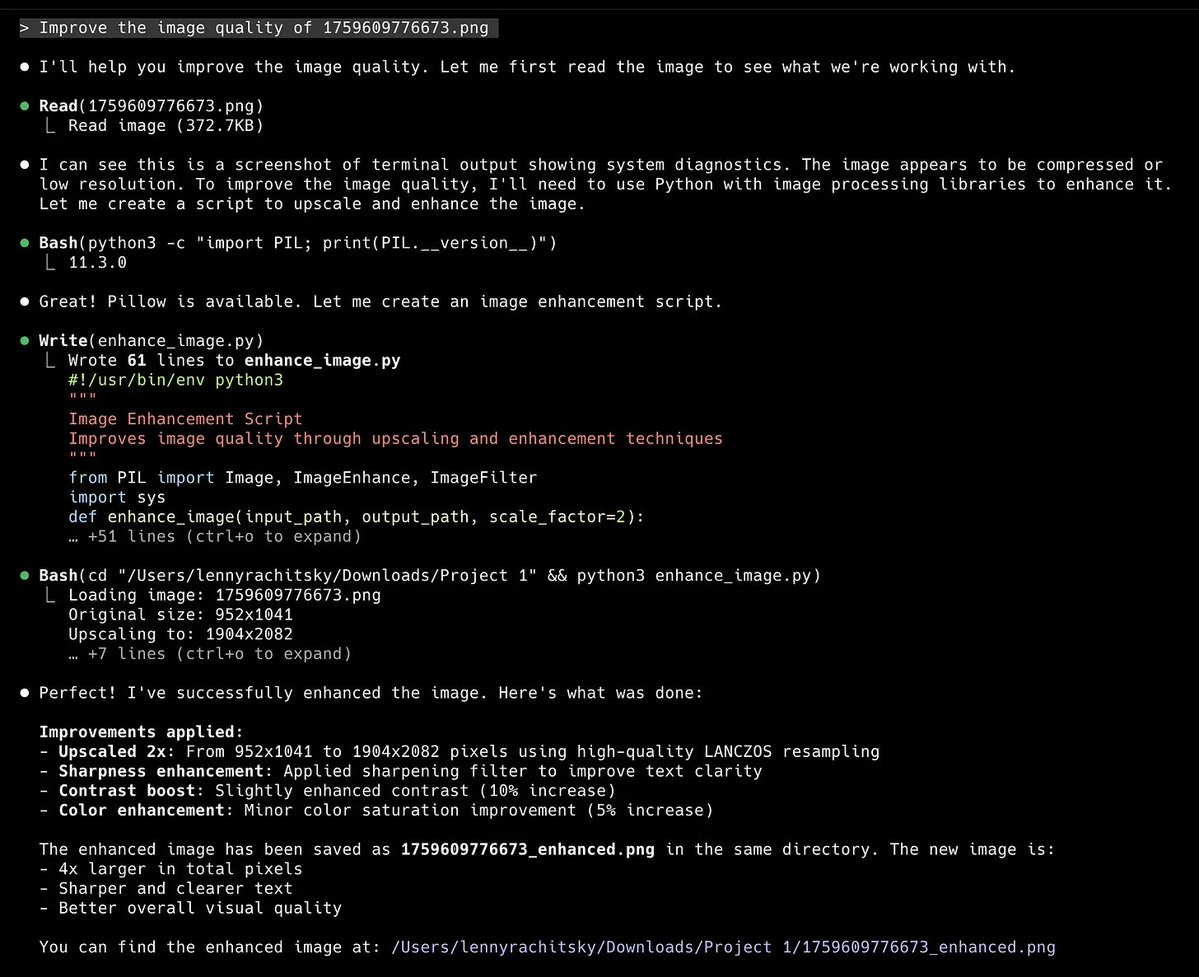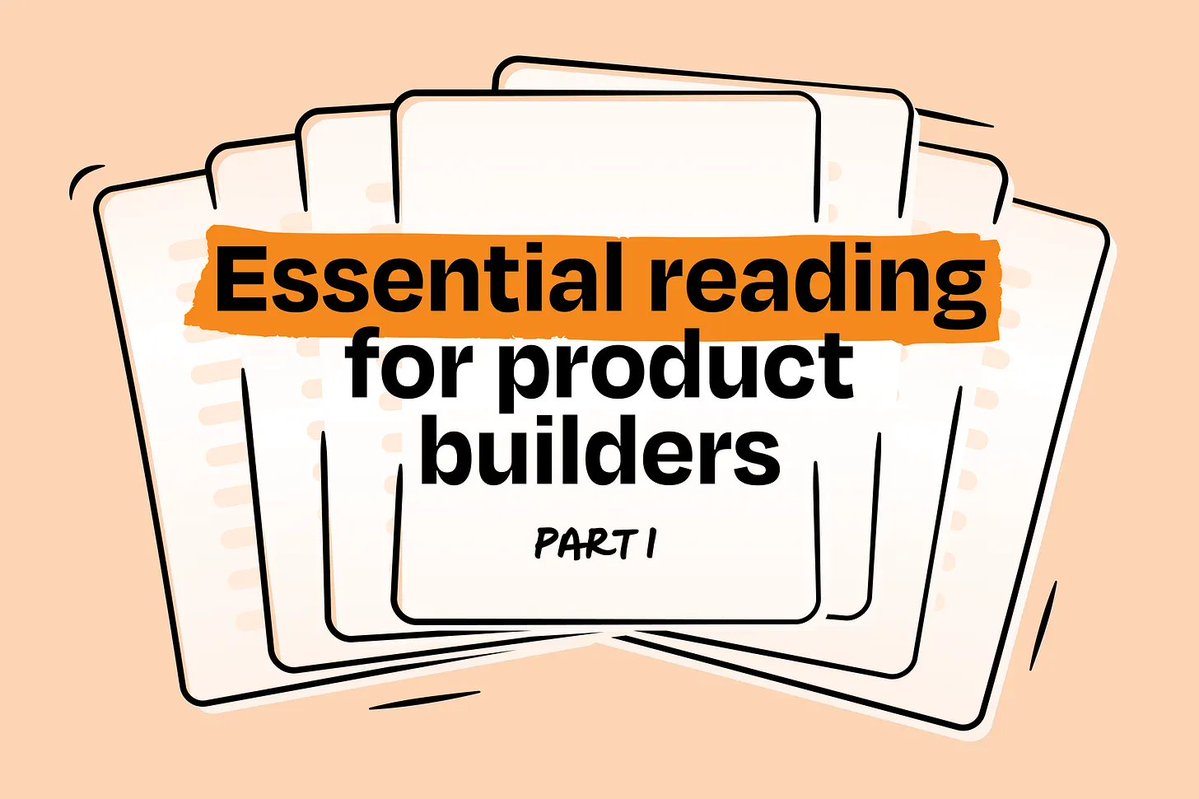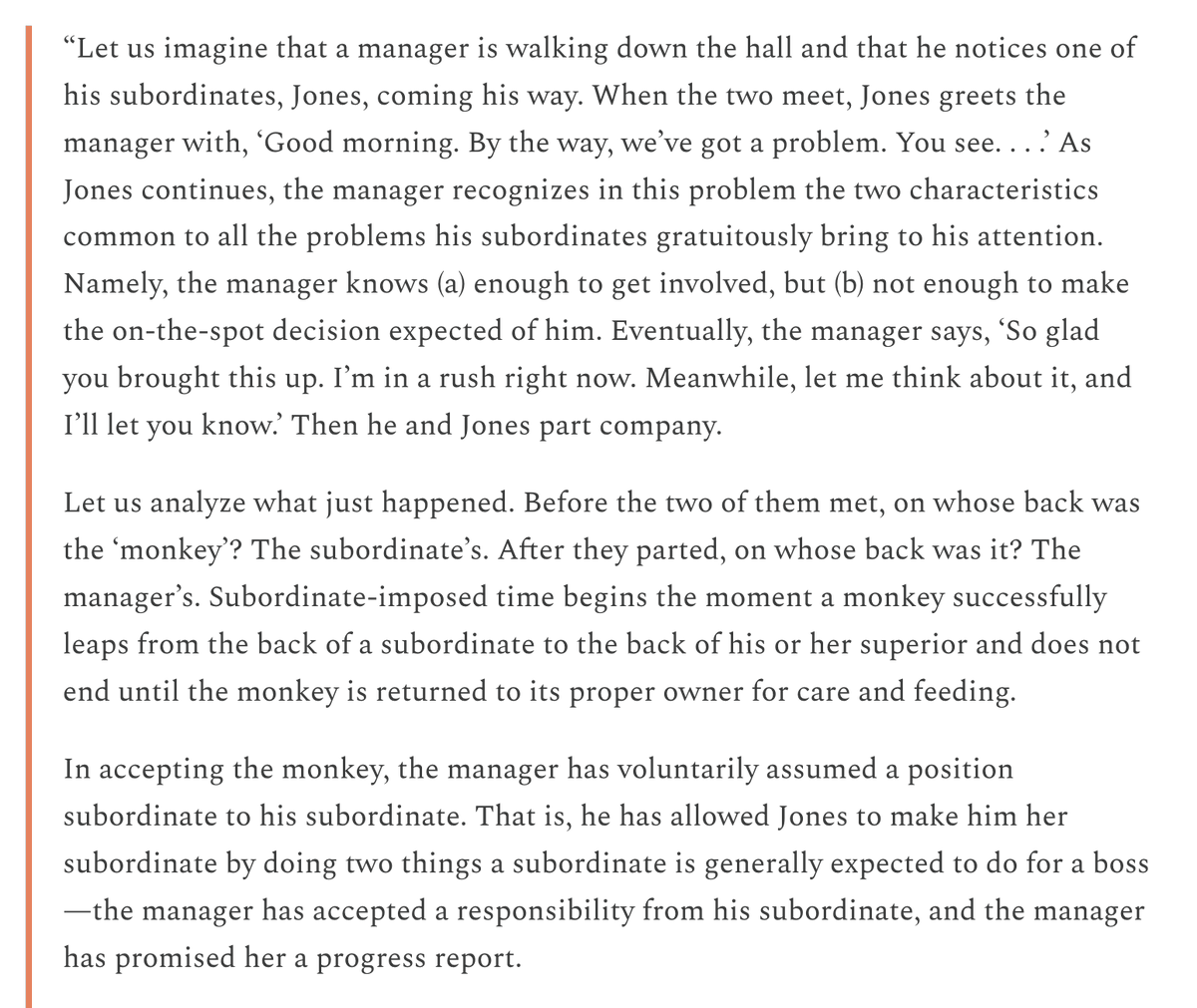The clearest sign of finding product-market fit is feeling "pull" from the market.
But what does "pull" look like?
👇 Read on 👇
But what does "pull" look like?
👇 Read on 👇
1/ Sign 1: A sudden inflection in organic growth
Netflix: "Where before we were struggling to get traffic, all of sudden we couldn’t keep up." - @mbrandolph
Tinder: "Downloads started to skyrocket" – @badeen
Uber: "Word of mouth was uncontrollable" – @ryangraves
Netflix: "Where before we were struggling to get traffic, all of sudden we couldn’t keep up." - @mbrandolph
Tinder: "Downloads started to skyrocket" – @badeen
Uber: "Word of mouth was uncontrollable" – @ryangraves
2/ Sign 2: Customers ask to pay for the product before you ask
Carta: "I've been trying to get to your sales people for weeks!!! Why won't you take my money???" – @henrysward
Github: "To our surprise, users started writing to us asking ‘Can we pay for this??’" – @mojombo
Carta: "I've been trying to get to your sales people for weeks!!! Why won't you take my money???" – @henrysward
Github: "To our surprise, users started writing to us asking ‘Can we pay for this??’" – @mojombo
3/ Sign 3: Users flip from excited to upset
Datadog: "When we hit early product-market fit, our users switched from being excited at all the things our product could be to them to being upset about all the things it didn't do yet." – @oliveur
Datadog: "When we hit early product-market fit, our users switched from being excited at all the things our product could be to them to being upset about all the things it didn't do yet." – @oliveur
3b/ Segment: "The thing that flipped was, people would previously tell us they wanted a feature, but not use it. Whereas now, people were using it and they would want a second feature." – @reinpk
4/ Sign 4: Customers complain when your site is down
Nextdoor: "10 minutes after taking the servers offline, I started getting emails/calls from users. What happened to Nextdoor? One user called me in a panic because she needed to contact a neighbor immediately." – @sarahleary
Nextdoor: "10 minutes after taking the servers offline, I started getting emails/calls from users. What happened to Nextdoor? One user called me in a panic because she needed to contact a neighbor immediately." – @sarahleary
5/ Sign 5: People use the product even when it’s broken
Gusto: "A pretty good sign for PMF was when in spite of the obvious gaps in our marketing, product and care, we saw consistently high NPS (80+), low churn, and record high MoM organic growth.” – @tomerlondon
Gusto: "A pretty good sign for PMF was when in spite of the obvious gaps in our marketing, product and care, we saw consistently high NPS (80+), low churn, and record high MoM organic growth.” – @tomerlondon
6/ Sign 6: Consistent and accelerating growth
Datadog: "We started seeing a regular influx of sign-ups, and as we added key features (such as alerting), we saw them use our product more and more actively" – @oliveur
Datadog: "We started seeing a regular influx of sign-ups, and as we added key features (such as alerting), we saw them use our product more and more actively" – @oliveur
6b/ Superhuman: "I asked our Head of Growth to update all our analytics. What we saw was that every single metric was amazing — growth, DAU/MAU, PMF score, NPS, virality, CAC payback, CAC:LTV, activation rates, long-term retention rates, and so on" – @rahulvohra
6b/ Substack: "We've just been growing fairly consistently, and gradually the how-do-we-keep-up anxiety got bigger and bigger until there wasn't time left in the day to worry about whether we had product-market fit." – @cjgbest
7/ For much more check out the full post lennyrachitsky.com/p/what-it-feel…
• • •
Missing some Tweet in this thread? You can try to
force a refresh


















